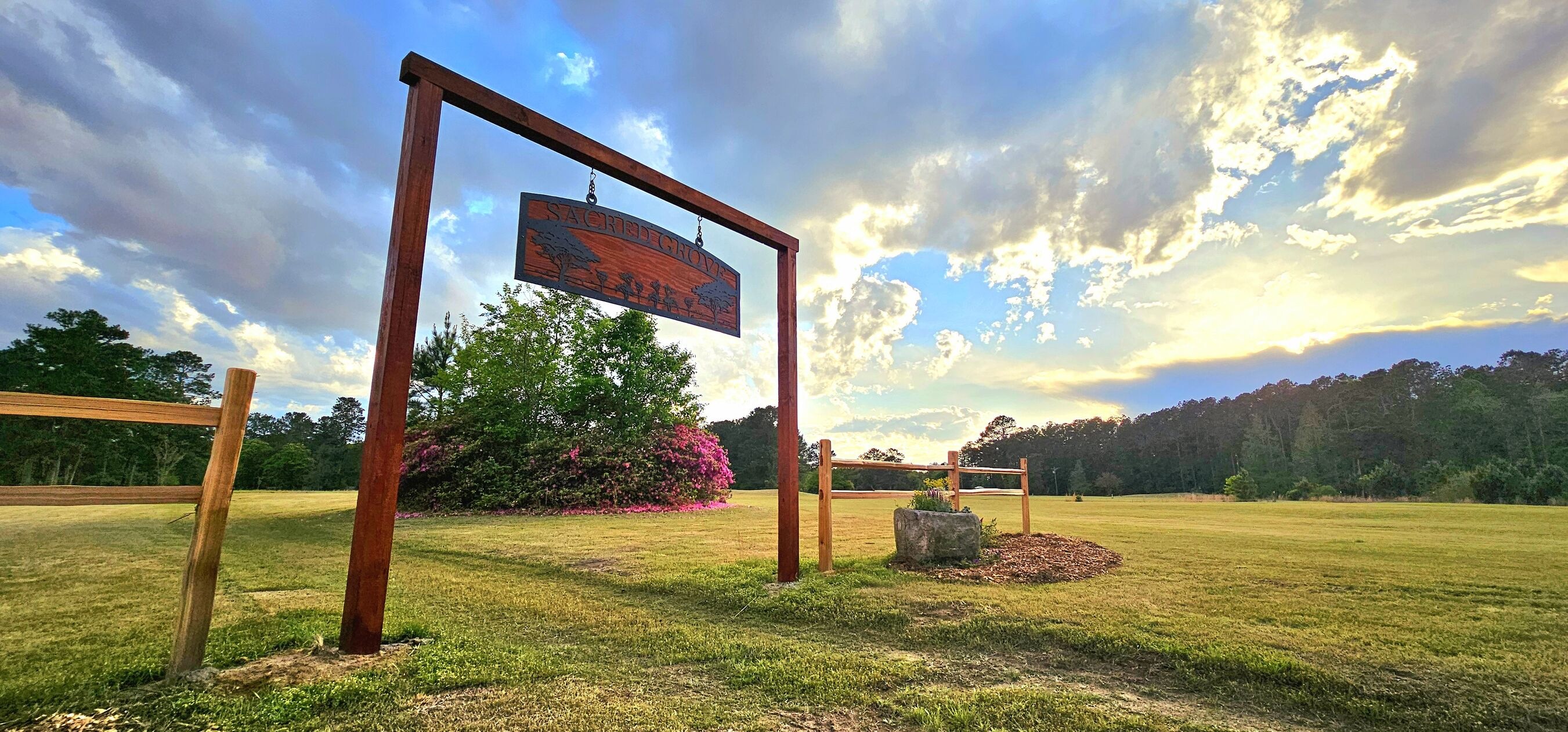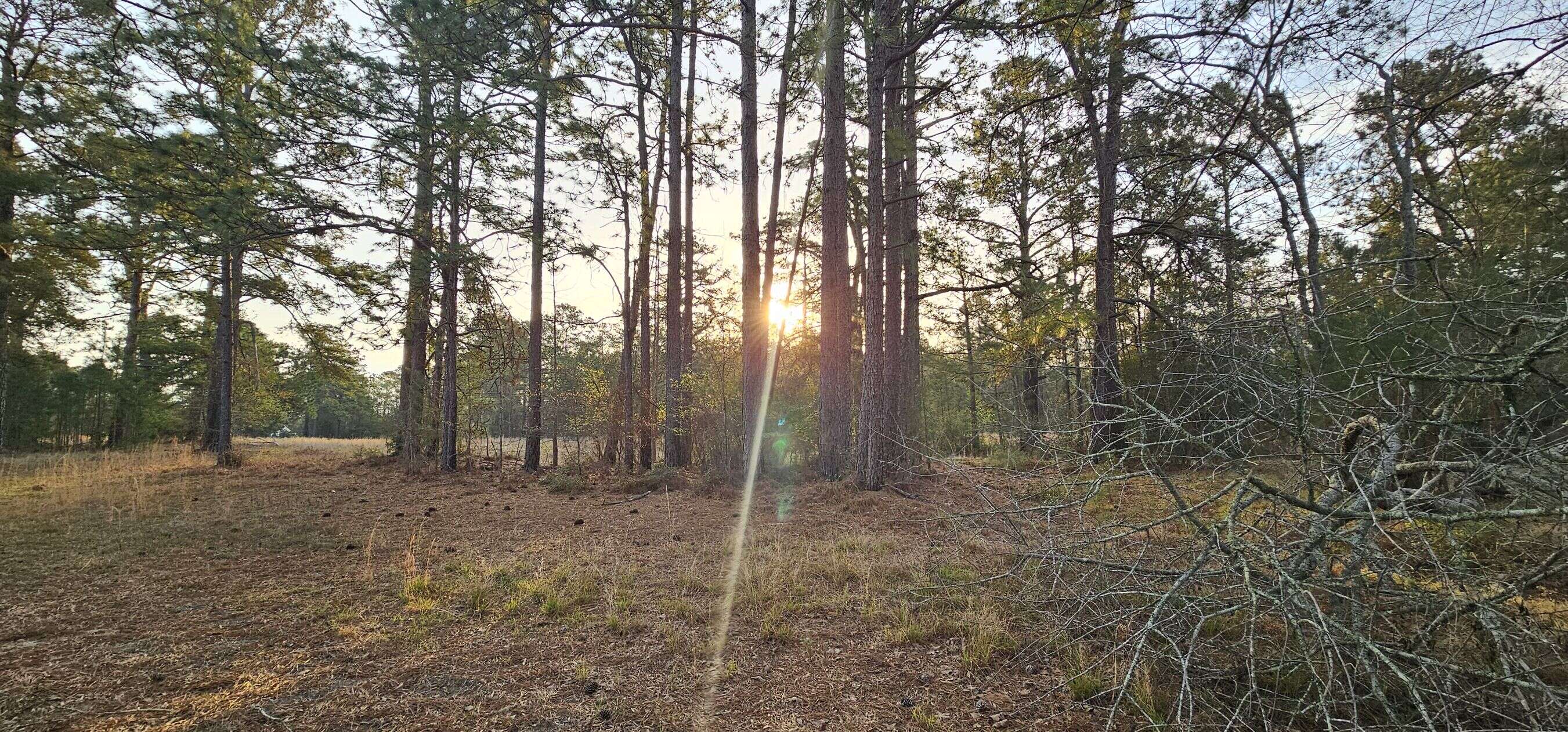 At its core, Sacred Grove reflects a belief in the regenerative potential of human intervention when guided by ecological principles. Each burial site is designed to coexist with native flora and fauna, and conservation management is a central component of the organization’s operations. The long-term vision includes securing conservation easements and partnering with land trusts to ensure permanent protection of reclaimed lands.
“People often ask what happens to the land once it’s no longer used for recreation or agriculture,” said O’Rourke. “We see an opportunity to reintroduce ecological value. Every green burial helps us restore a little more balance.” In this sense, Sacred Grove’s mission extends beyond end-of-life services to encompass a broader environmental ethic: that land should be preserved, restored, and honored—both for the living and the dead.
By uniting ecological restoration with dignified, minimalist burial options, Sacred Grove is charting a new course in sustainable land use. Its work invites communities to consider burial not as an endpoint, but as a conscious act of giving back to the land.
For additional details, visit Sacred Grove or follow the organization on Facebook.
At its core, Sacred Grove reflects a belief in the regenerative potential of human intervention when guided by ecological principles. Each burial site is designed to coexist with native flora and fauna, and conservation management is a central component of the organization’s operations. The long-term vision includes securing conservation easements and partnering with land trusts to ensure permanent protection of reclaimed lands.
“People often ask what happens to the land once it’s no longer used for recreation or agriculture,” said O’Rourke. “We see an opportunity to reintroduce ecological value. Every green burial helps us restore a little more balance.” In this sense, Sacred Grove’s mission extends beyond end-of-life services to encompass a broader environmental ethic: that land should be preserved, restored, and honored—both for the living and the dead.
By uniting ecological restoration with dignified, minimalist burial options, Sacred Grove is charting a new course in sustainable land use. Its work invites communities to consider burial not as an endpoint, but as a conscious act of giving back to the land.
For additional details, visit Sacred Grove or follow the organization on Facebook. 
 At its core, Sacred Grove reflects a belief in the regenerative potential of human intervention when guided by ecological principles. Each burial site is designed to coexist with native flora and fauna, and conservation management is a central component of the organization’s operations. The long-term vision includes securing conservation easements and partnering with land trusts to ensure permanent protection of reclaimed lands.
“People often ask what happens to the land once it’s no longer used for recreation or agriculture,” said O’Rourke. “We see an opportunity to reintroduce ecological value. Every green burial helps us restore a little more balance.” In this sense, Sacred Grove’s mission extends beyond end-of-life services to encompass a broader environmental ethic: that land should be preserved, restored, and honored—both for the living and the dead.
By uniting ecological restoration with dignified, minimalist burial options, Sacred Grove is charting a new course in sustainable land use. Its work invites communities to consider burial not as an endpoint, but as a conscious act of giving back to the land.
For additional details, visit Sacred Grove or follow the organization on Facebook.
At its core, Sacred Grove reflects a belief in the regenerative potential of human intervention when guided by ecological principles. Each burial site is designed to coexist with native flora and fauna, and conservation management is a central component of the organization’s operations. The long-term vision includes securing conservation easements and partnering with land trusts to ensure permanent protection of reclaimed lands.
“People often ask what happens to the land once it’s no longer used for recreation or agriculture,” said O’Rourke. “We see an opportunity to reintroduce ecological value. Every green burial helps us restore a little more balance.” In this sense, Sacred Grove’s mission extends beyond end-of-life services to encompass a broader environmental ethic: that land should be preserved, restored, and honored—both for the living and the dead.
By uniting ecological restoration with dignified, minimalist burial options, Sacred Grove is charting a new course in sustainable land use. Its work invites communities to consider burial not as an endpoint, but as a conscious act of giving back to the land.
For additional details, visit Sacred Grove or follow the organization on Facebook.